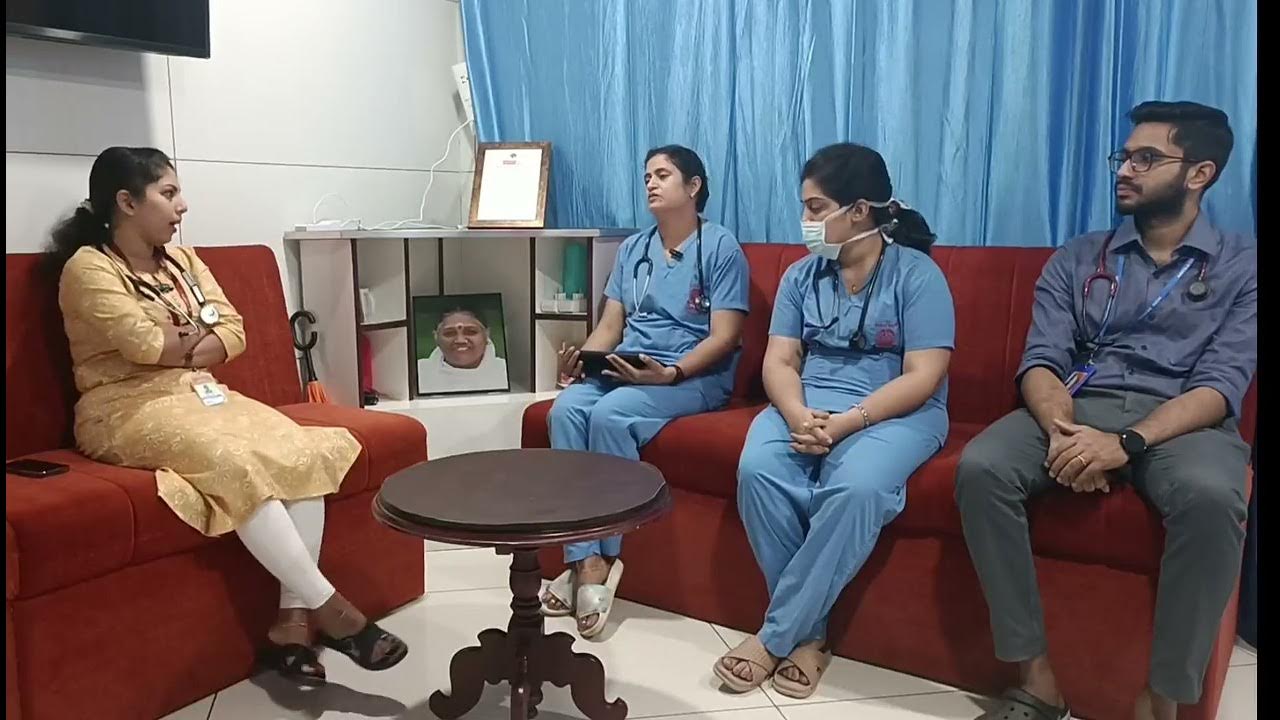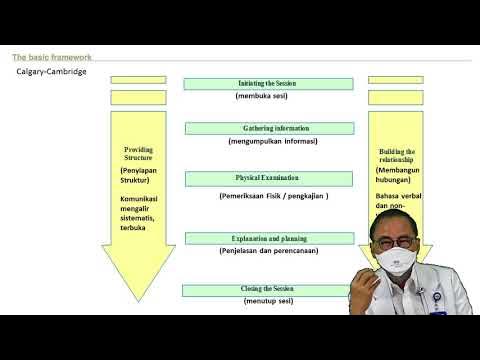Case Discussion || Hypoglycemia
Summary
TLDRThis video discusses a complex case involving a 69-year-old male patient presenting in an unresponsive state, focusing on the assessment and management of his hypoglycemia. The importance of airway maintenance and timely intervention is emphasized, detailing the administration of IV dextrose and the use of glucagon when IV access is challenging. Key considerations for admitting patients with hypoglycemia, particularly those with underlying conditions, are highlighted, including the differentiation between diabetic and non-diabetic causes. Additionally, it addresses potential complications like alcohol-induced hypoglycemia and the need for thiamine correction, offering vital insights into emergency medicine protocols.
Takeaways
- 😀 A 69-year-old male presented in an unresponsive state, requiring immediate airway assessment and basic life support (BLS) intervention.
- 🔍 It's crucial to assess the airway even if oxygen saturation appears normal; airway patency cannot be assumed solely based on saturation levels.
- 💉 In cases of hypoglycemia, administering intravenous dextrose (at least 25g) is the primary treatment, with calculations depending on the concentration available (10%, 25%, or 50%).
- ⚠️ If IV access is not achievable, glucagon can be administered subcutaneously or intramuscularly, but it does not replace the need for dextrose.
- 📊 Monitoring blood glucose levels after glucagon administration is essential to evaluate patient response and ensure glucose normalization.
- 🔬 For non-diabetic patients experiencing hypoglycemia, checking serum insulin and C-peptide levels can help determine the underlying cause.
- 🏥 Admission criteria for hypoglycemic patients include those with recurrent episodes, underlying comorbidities, or suspected insulinoma.
- 🔗 Understanding the differential diagnosis is important; hypoglycemia may be caused by factors such as infections, medication interactions, or endocrine disorders.
- 🍷 Alcohol consumption can lead to hypoglycemia, especially after cessation of drinking, highlighting the need for careful monitoring and management.
- 💊 When treating chronic alcoholics with hypoglycemia, it is vital to also correct thiamine deficiency to prevent further neurological damage.
Q & A
What was the initial state of the patient when assessed?
-The patient was a 69-year-old male who was unresponsive and had a low sensorium.
Why is airway assessment important despite normal oxygen saturation?
-Airway assessment is crucial because oxygen saturation levels do not guarantee airway patency; the airway may still be compromised.
What is the recommended BLS algorithm step if the patient has a palpable pulse?
-If a pulse is present, the next step is to further assess the patient's airway and breathing.
What blood glucose level was recorded for the patient, and what does it indicate?
-The patient's blood glucose level was 28 mg/dL, indicating severe hypoglycemia.
What is the standard dosage of dextrose recommended for treating hypoglycemia?
-The standard dosage is 25 grams of dextrose, which can be administered in various concentrations.
What alternatives exist if IV access is not available for administering dextrose?
-If IV access is not available, glucagon can be administered via subcutaneous or intramuscular routes, though it is less effective than IV dextrose.
Why is it important to check serum insulin and C-peptide levels in young, non-diabetic patients with hypoglycemia?
-Checking these levels helps differentiate between endogenous and exogenous causes of hypoglycemia, such as insulinoma or accidental insulin administration.
What role do steroids play in the management of hypoglycemia?
-Steroids like hydrocortisone can be administered in cases of adrenal insufficiency, especially if there is a suspicion of low cortisol levels causing hypoglycemia.
What are the indications for admitting a patient with hypoglycemia?
-Patients with spontaneous hypoglycemia, potential infections, severe organ dysfunction, or repeated episodes of hypoglycemia should be admitted for further evaluation and treatment.
What should be done to assess potential brain damage in cases of prolonged hypoglycemia?
-An MRI should be performed 48-72 hours after the event to evaluate for brain injury, particularly in the basal ganglia.
Outlines

Dieser Bereich ist nur für Premium-Benutzer verfügbar. Bitte führen Sie ein Upgrade durch, um auf diesen Abschnitt zuzugreifen.
Upgrade durchführenMindmap

Dieser Bereich ist nur für Premium-Benutzer verfügbar. Bitte führen Sie ein Upgrade durch, um auf diesen Abschnitt zuzugreifen.
Upgrade durchführenKeywords

Dieser Bereich ist nur für Premium-Benutzer verfügbar. Bitte führen Sie ein Upgrade durch, um auf diesen Abschnitt zuzugreifen.
Upgrade durchführenHighlights

Dieser Bereich ist nur für Premium-Benutzer verfügbar. Bitte führen Sie ein Upgrade durch, um auf diesen Abschnitt zuzugreifen.
Upgrade durchführenTranscripts

Dieser Bereich ist nur für Premium-Benutzer verfügbar. Bitte führen Sie ein Upgrade durch, um auf diesen Abschnitt zuzugreifen.
Upgrade durchführenWeitere ähnliche Videos ansehen

Case Discussion... Priapism # AETCM # Emergency Medicine

Asuhan Keperawatan: penerapan SDKI, SLKI, SIKI

Komkes (Pengantar) - dr. Arif Hari Martono Marsaban, SpAn-KAP

Shocking Video Shows Dad Hysterical After Allegedly Killing Daughter in Hot Car

Komunikasi Terhadap Tindakan Keperawatan | Pengkajian sampai Evaluasi

Video konseling Gizi
5.0 / 5 (0 votes)
